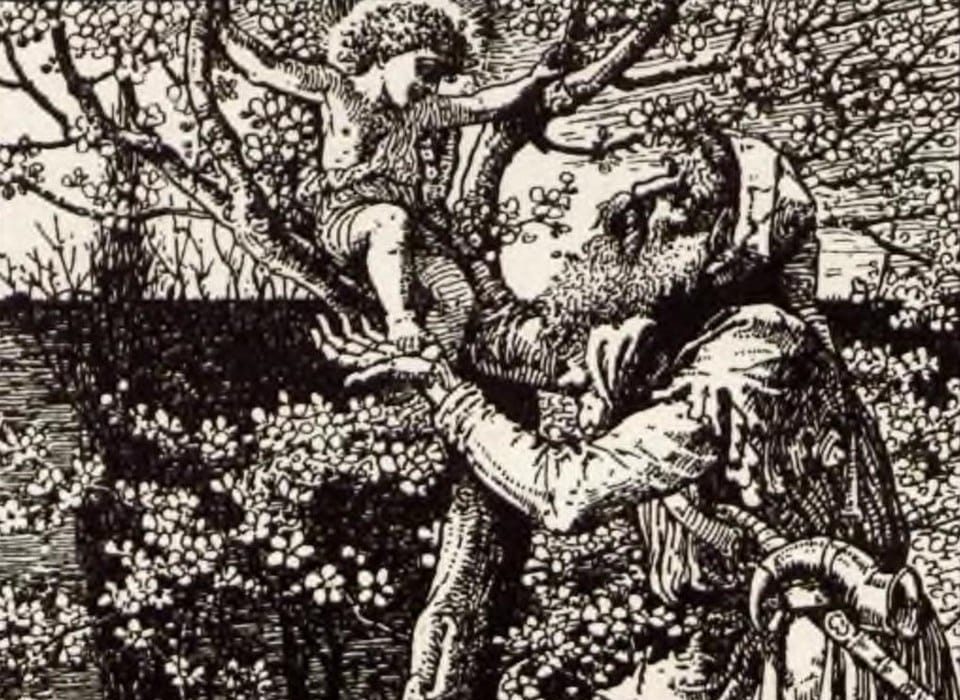We have discussed the gothic genre and death on this blog many, many times. It is definitely a pervasive element in horror and the gothic horror genre. Likewise, it is also a very interesting subject. Writer Henry James tackled this subject very well in his novel Turn of the Screw, which features some spooky imagery and atmosphere. In this post, we are going to examine James’ background and influences to better understand how he wrote a classic of the horror genre.
Biography
To start, James was born in New York City on April 15, 1843. His family had many intellectuals, as he was “born to a family of writers.” His father was “an affluent and well-connected journalist” and his mother was a descendant of “Irish immigrants who had prospered in New York State” (Poetry Foundation). Moreover, they traveled frequently, between Europe and America, which created a wide-reaching education for James.
Beginning his literary career as a critic and short story writer, James would go on to write popular novels, including The Portrait of a Lady, The Wings of the Dove, and The Golden Bowl. One of his most famous novels, The Turn of the Screw, appeared in 1889 to much acclaim.
James died on February 28, 1916, in London after becoming a British subject just a year earlier in 1915.
Writing The Turn of the Screw
In writing The Turn of the Screw, James left for Sussex and began writing in 1897. His play Guy Domville had a dismal opening in the theater. Thus, such a dismal letdown put him in the right frame of mind to write something horrific. His interest in spiritual phenomena existed due to his brother William’s proclivities, and so he penned the story with a robust fascination of ghosts firmly in check (Sparknotes).
Collier’s Weekly published the novel as a serial between Jan. 27-April 16, 1898. Eventually, The Two Magics published it in Oct. 1898 (Britannica).
Henry James’ Style
Using a complex understanding of the human condition, James wrote about a great many subjects using tell-tale hallmarks in his writing. Similarly, he was a writer who employed complex sentences and detailed descriptions. He also utilized a psychological depth to his narrative; one you can see in the beginning chapters of The Turn of the Screw when the governess begins to see eerie happenings in the Bly house.
As Britannica states of his style:
“James began to use the methods of alternating “picture” and dramatic scene, close adherence to a given angle of vision, a withholding of information from the reader, making available to him only that which the characters see. The subjects of this period are the developing consciousness and moral education of children—in reality James’s old international theme of innocence in a corrupting world, transferred to the English setting.”
Additionally, he approaches both social and cultural issues in his writing. His focus on social class and values between both classes is apparent in his writing. Moreover, he was a subtle writer. While he may overly describe situations and scenes, he is very careful to keep information tucked firmly behind his back, rather than letting it out in the open.
Works Cited
“Henry James.” Britannica. July 5, 2024. Web. https://www.britannica.com/biography/Henry-James-American-writer
“Henry James.” Poetry Foundation. Accessed on July 30, 2024. Web. https://www.poetryfoundation.org/poets/henry-james





Leave a comment